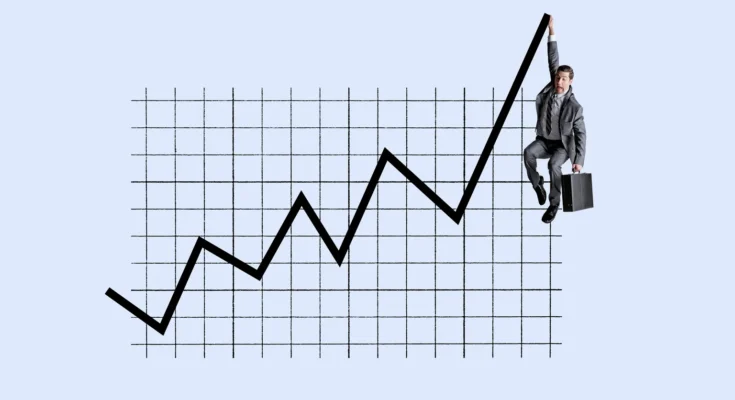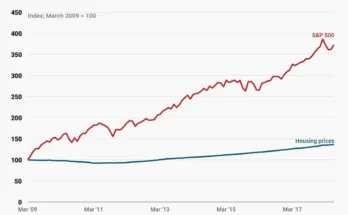Investing in a volatile market can be challenging, but with the right strategies, you can navigate the ups and downs while maximizing your returns. In this article, we will explore the top 10 investment strategies that can help you thrive in uncertain times.
1. Diversification
One of the most effective ways to manage risk in a volatile market is through diversification. By spreading your investments across various asset classes—such as stocks, bonds, real estate, and commodities—you can reduce the impact of a poor-performing asset on your overall portfolio. A well-diversified portfolio can help stabilize returns and minimize losses during market fluctuations.
2. Invest in Defensive Stocks
Defensive stocks are shares of companies that tend to perform well during economic downturns. These companies typically belong to sectors such as utilities, healthcare, and consumer staples. Investing in defensive stocks can provide a buffer against market volatility, as these companies often maintain stable earnings and dividends even in challenging economic conditions.
3. Utilize Dollar-Cost Averaging
Dollar-cost averaging is an investment strategy that involves regularly investing a fixed amount of money into a particular asset, regardless of its price. This approach can help mitigate the effects of market volatility by allowing you to buy more shares when prices are low and fewer shares when prices are high. Over time, this can lead to a lower average cost per share and reduce the impact of market fluctuations on your investments.
4. Focus on Quality Investments
In a volatile market, it’s essential to focus on high-quality investments. Look for companies with strong fundamentals, such as solid earnings, low debt levels, and a competitive advantage in their industry. Investing in quality stocks can provide more stability and resilience during market downturns, as these companies are better positioned to weather economic challenges.
5. Consider Alternative Investments
Alternative investments, such as real estate, private equity, and hedge funds, can provide diversification and reduce overall portfolio risk. These assets often have a low correlation with traditional investments like stocks and bonds, making them an attractive option during periods of market volatility. However, it’s essential to conduct thorough research and understand the risks associated with alternative investments before incorporating them into your portfolio.
6. Stay Informed and Adaptable
Staying informed about market trends, economic indicators, and geopolitical events can help you make better investment decisions. In a volatile market, it’s crucial to remain adaptable and be willing to adjust your investment strategy as conditions change. Regularly reviewing your portfolio and staying updated on market developments can help you identify new opportunities and mitigate risks.
7. Use Stop-Loss Orders
A stop-loss order is a tool that allows you to set a predetermined price at which your investment will be sold to limit potential losses. By using stop-loss orders, you can protect your portfolio from significant downturns in a volatile market. This strategy can help you maintain discipline and avoid emotional decision-making during market fluctuations.
8. Invest for the Long Term
While it can be tempting to react to short-term market movements, adopting a long-term investment perspective is often more beneficial. Historically, markets have recovered from downturns, and long-term investors have typically seen positive returns. By focusing on your long-term financial goals and resisting the urge to make impulsive decisions, you can navigate market volatility more effectively.
9. Rebalance Your Portfolio Regularly
Regularly rebalancing your portfolio ensures that your asset allocation remains aligned with your investment goals and risk tolerance. In a volatile market, certain assets may perform better than others, leading to an unbalanced portfolio. By periodically reviewing and adjusting your investments, you can maintain your desired level of risk and ensure that your portfolio remains diversified.
10. Consult a Financial Advisor
If you’re unsure about how to navigate a volatile market, consider consulting a financial advisor. A professional can help you develop a tailored investment strategy based on your financial goals, risk tolerance, and market conditions. They can also provide valuable insights and guidance to help you make informed decisions during uncertain times.
Conclusion
Investing in a volatile market requires a strategic approach to minimize risk and maximize returns. By implementing these top 10 investment strategies, you can build a resilient portfolio that can withstand market fluctuations. Remember to stay informed, remain adaptable, and focus on your long-term financial goals. With the right strategies in place, you can successfully navigate the challenges of a volatile market and achieve your investment objectives.




